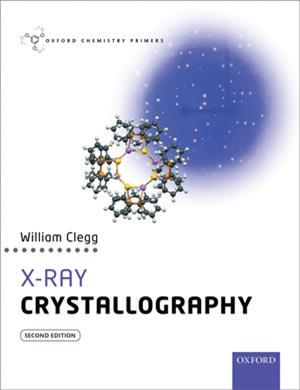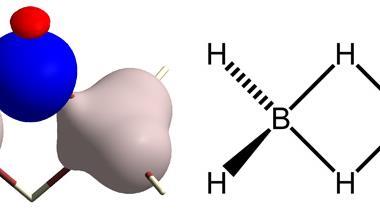A crystal primer
William Clegg
Oxford University Press
2015 | 128pp | £19.99
ISBN 9780198700975

This Primer is a revised edition of Bill Clegg’s popular student text first published in 1998. It was designed to accompany advanced undergraduate courses, drawing on the author’s vast experience of running courses in chemical crystallography. As with the first edition, the focus is firmly on the use of x-ray crystallography in chemistry, with the bread-and-butter topic of routine structure determination using in-house equipment being the chief subject. The text is therefore of worldwide appeal, wherever this subject forms part of mainstream chemistry teaching.
The first chapter is largely unchanged and is a readable account of the core material taught on undergraduate chemistry courses. While there are many accounts of diffraction methods, there are few written so clearly from this perspective and that emphasise the features or issues which arise when analysing typical ‘small molecule’ crystals.
The reader is taken step by step through a typical structure determination, with reference to the usual problems and complications encountered. Thus, the question of unit cell contents and a solvent’s effect on density calculations is carefully dealt with, as an example which is specific to chemical structure determination. This issue is dealt with differently by macromolecular crystallographers. Similarly, the Patterson function is only described for small molecule phasing – although it is the core of macromolecular structure solution for unknown structures too. The case studies in chapter three are all drawn from Clegg’s own extensive experience. They could presumably be used as a teaching resource, since all the data files are free to download.
The final chapter is a summary of neutron diffraction, powder diffraction, macromolecular crystallography and crystal structure prediction. These are all topics that are covered very briefly on undergraduate chemistry courses in the UK, and this summary recognises that fact. The relative importance of these topics in industry or at the leading edge of fundamental science is not really evaluated in such a brief account – although students will still find it useful to have such a concise summary when revising.
For the first time there are online accompanying tests on the publisher’s website, which will doubtless be useful for revision purposes. The tests do not require a password, and contain helpful hints and tips. Clegg draws on his own experience to provide illustrative examples – no doubt being useful for students and teachers alike.
X-ray crystallography is very focused, as it should be, on the needs of students, and can be confidently recommended to this audience.
Purchase X-ray crystallography from Amazon.co.uk












No comments yet